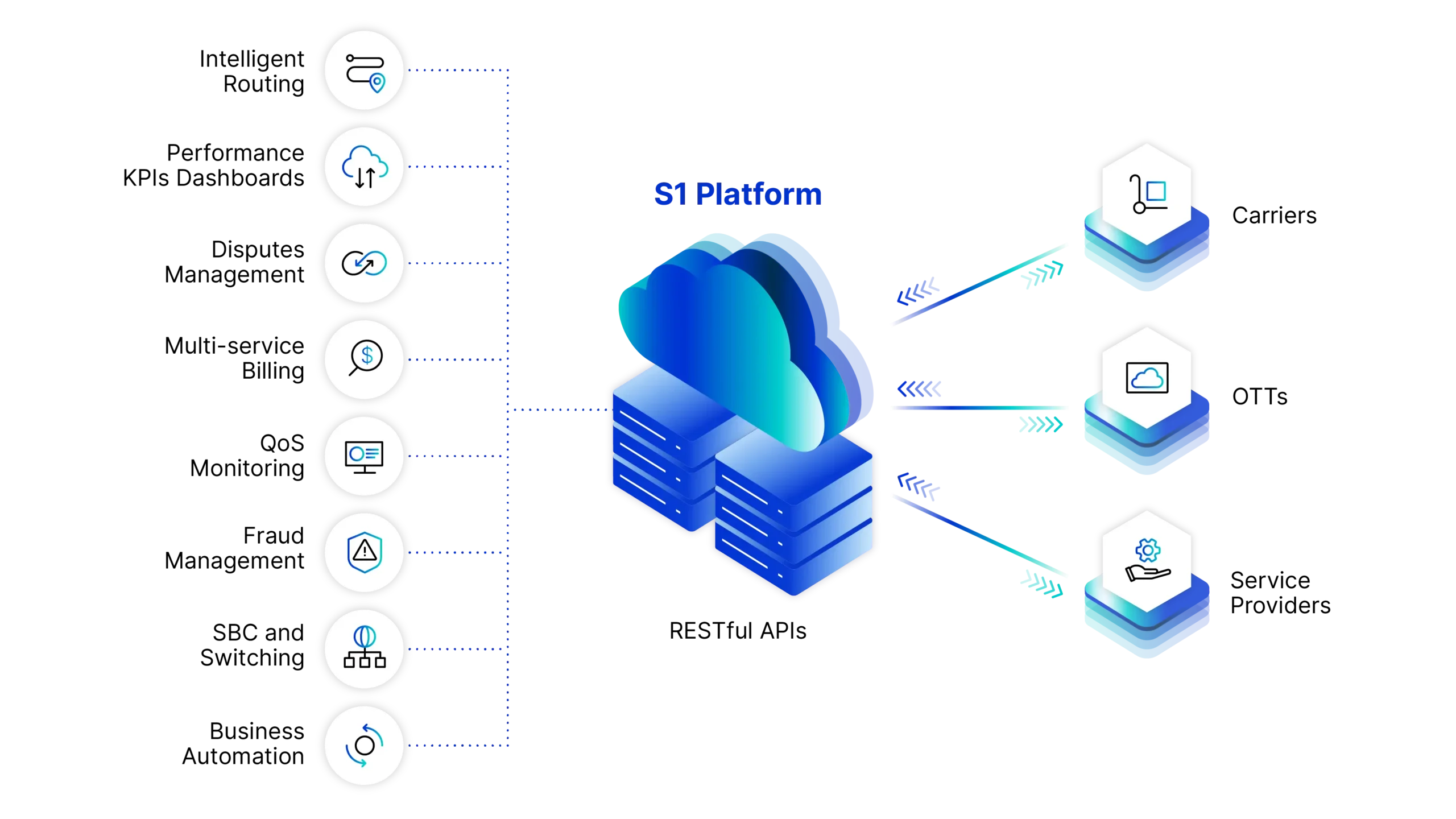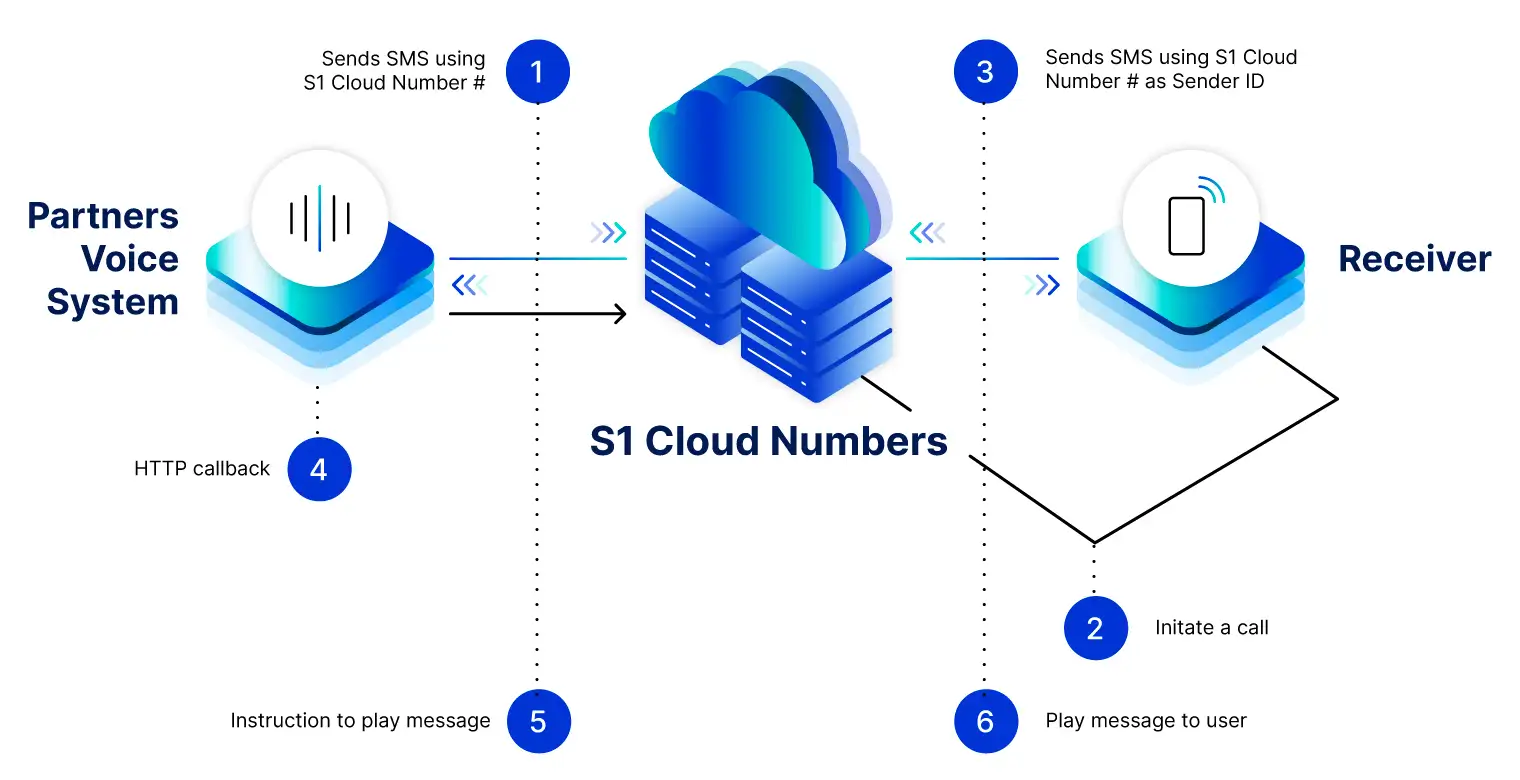Powering Global Connectivity, Innovation, and Scale
Operators, hyperscalers, and CPaaS providers trust BTS with seamless global connectivity, AI-driven solutions, and scalable communications built to drive growth.
Reinventing Technology Built for Growth
The S1 Platform and BTS Lab showcase advanced solutions, the latest innovations, and the technological expertise behind their partners’ success.









